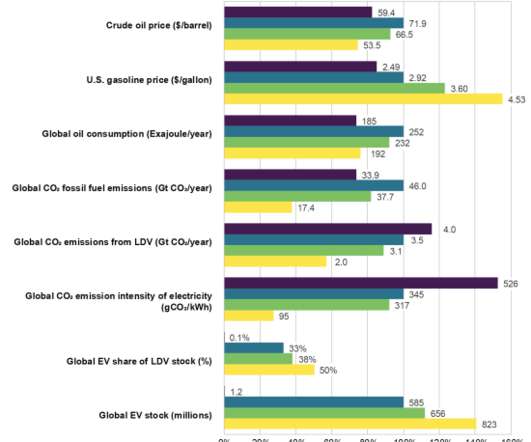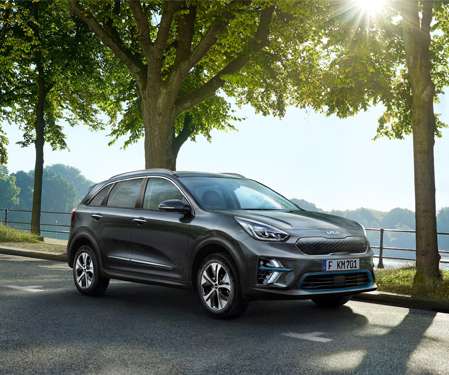MITEI releases report on 3-year study of future mobility; technological innovation, policies, and behavioral changes all needed; “car pride” an issue
Green Car Congress
NOVEMBER 24, 2019
The report is the culmination of MITEI’s three-year Mobility of the Future study, which is part of MIT’s Plan for Action on Climate Change. Armstrong, a professor of chemical engineering at MIT. Several factors influence an individual’s decision to adopt an alternative fuel vehicle, such as a battery electric vehicle.

































Let's personalize your content